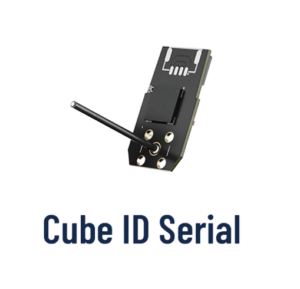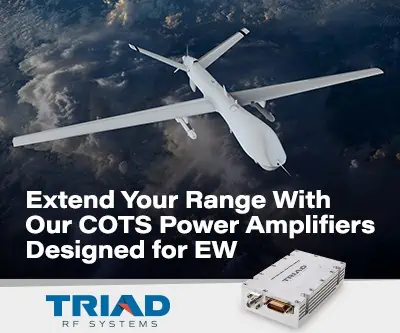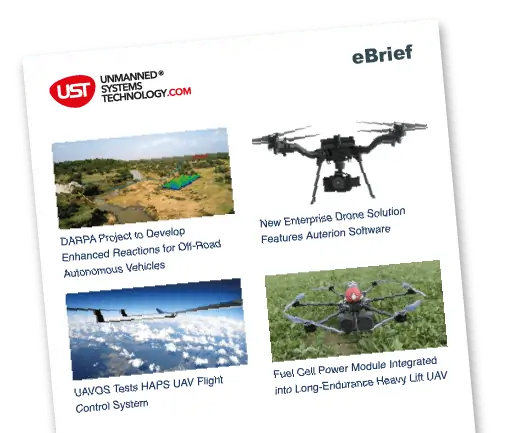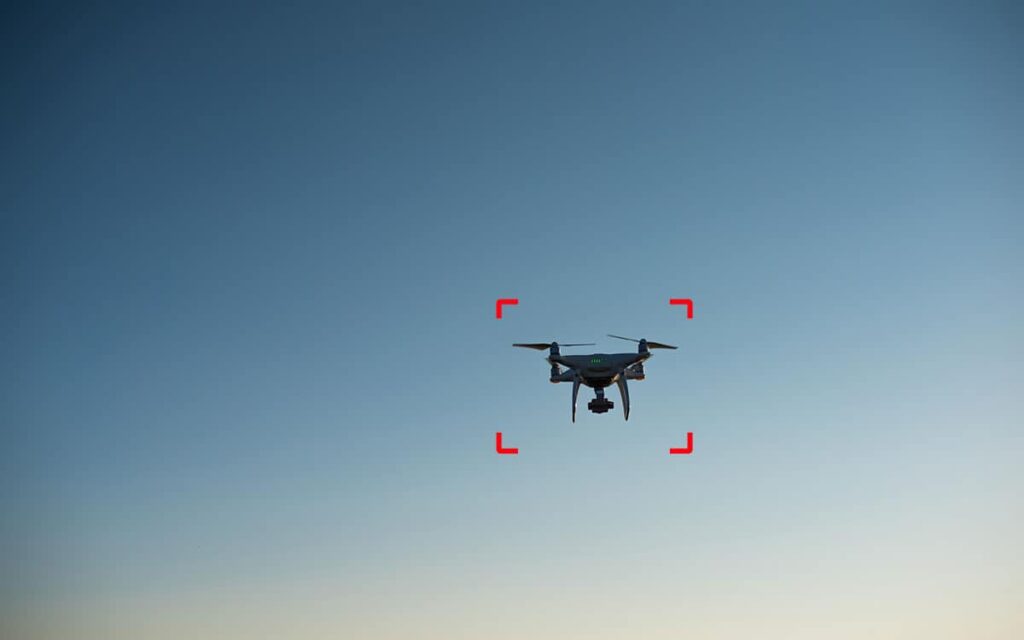
UnmannedSystemsTechnology.com takes a look at the FAA rules concerning Remote ID and drones manufactured in the US after December 16th, 2022.
What is Remote ID
According to the FAA (Federal Aviation Administration) Remote ID is the ability of a drone in flight to provide identification and location information that can be received by other parties.
What information is transmitted & how
Broadcasting via a radio-frequency method such as Bluetooth or Wi-Fi, remote identification modules transmit the following information:
- The serial number / session ID / unique drone ID number
- The drone’s latitude, longitude, geometric altitude, and velocity
- The position of the Ground Control Station (GCS) or take-off point
- Emergency status
- Time mark
What is the information used for
In-flight positioning information transmitted by Remote ID will be available to personal wireless devices in range, however personal information such as the serial number / session ID is restricted to the FAA. This information can be made available to authorized law enforcement and national security personnel upon request.
Remote ID information can be used to track drones and locate the pilot if the drone is flying in a restricted area or in an unsafe manner, and in doing so supports the role of law enforcement in policing drone law violations.
New Rules
- All commercial drones built in the USA after December 16, 2022 must have Standard Remote ID built-in.
- Drone manufacturers have until March 16, 2024 to upgrade or replace their existing fleet.
- Under FAA regulations, drones will not be able to take-off if the Remote ID is not functioning and should land the drone as soon as possible if the system stops transmitting during flight.
This ruling does not apply to UAV operated outside of the USA.
Deadlines – Drones and UAS manufactured before December 16, 2022, which do not have built-in Remote ID, may legally operate until March 16, 2024.
Remote ID Modules – Operators can retrofit a third-party Remote ID Broadcast Module to older, non-compliant drones.
FRIAs – You can continue to fly within FAA-Recognized Identification Areas (FRIA) if your drone does not broadcast Remote ID information. FRIAs can only be requested by community-based organizations and educational institutions and drones flying within FRIAs must be within visual line of sight (VLOS).
Note:
- Remote ID does not make your drone eligible for BVLOS – if your drone is operating with Remote ID, you must still be able to see it at all times.
- Leisure drones weighing less than 250g / 0.55lbs are not subject to this ruling.
- Military drones are exempt.
Remote ID Modules
uAvionix – pingRID
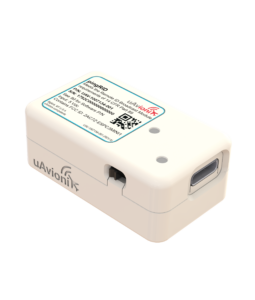 pingRID by uAvionix is a subscription-free FAA-compliant Remote ID broadcast module for any drone. Easy-to-use the lightweight add-on module comes ready for use straight out of the box, all drone operators need to do is assign the unique device ID to their FAA drone registration.
pingRID by uAvionix is a subscription-free FAA-compliant Remote ID broadcast module for any drone. Easy-to-use the lightweight add-on module comes ready for use straight out of the box, all drone operators need to do is assign the unique device ID to their FAA drone registration.
LED indicators enable operators to see at-a-glance battery charge, device readiness for flight, and inflight operations. The module can operate for over 2 hours on a single charge, and can be recharged via USB-C.
Dronetag – Dronetag Beacon
![]() The Dronetag Beacon is a compliance solution for worldwide Remote ID requirements. The add-on module provides instant compliance with both US (Broadcast) and EU (Direct) Remote ID regulations. It is also suitable for use in any country using ASD-STAN or ASTM standards.
The Dronetag Beacon is a compliance solution for worldwide Remote ID requirements. The add-on module provides instant compliance with both US (Broadcast) and EU (Direct) Remote ID regulations. It is also suitable for use in any country using ASD-STAN or ASTM standards.
Weighing just 17 grams, the Beacon Remote ID compliance add-on module can be powered by, and easily integrated into, virtually any drone. The Beacon integrates a multi-constellation GNSS receiver, a pressure altitude sensor, and an accelerometer for free-fall detection, whilst offering up to 16 hours of battery life.
Aerobits – idME Pro
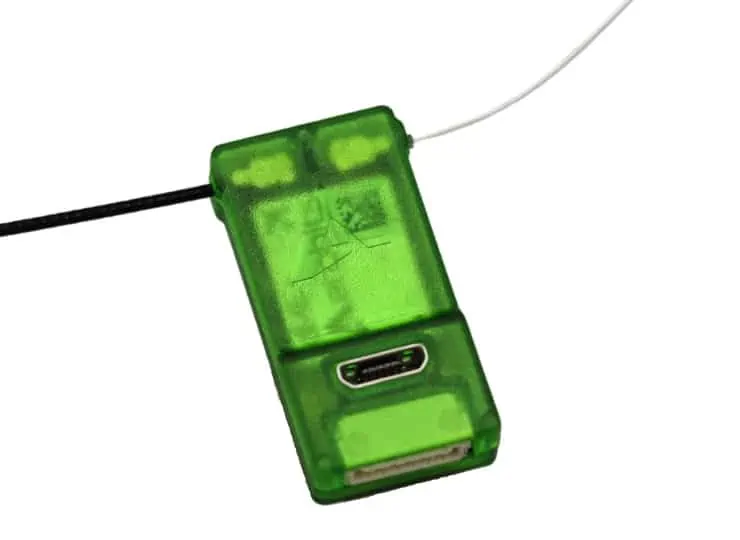 The idME Pro by Aerobics provides enhanced identification and tracking, with a low SWaP (size, weight and power) footprint, allowing it to be integrated into sUAS.
The idME Pro by Aerobics provides enhanced identification and tracking, with a low SWaP (size, weight and power) footprint, allowing it to be integrated into sUAS.
Utilizing both Wi-Fi (NAN and Beacon frames) and BLE (Bluetooth Low Energy, which supports Bluetooth 4.0 and 5.2) the idME Pro provides surveillance and drone operator identification capabilities via modern mobile devices such as smartphones or tablets and can be easily connected to a Pixhawk drone controller via a JST connector. There is also the option to equip the device with a GNSS receiver and antenna.
idME PRO has been developed in compliance with the newest versions of the ASTM and ASD-STAN documents concerning Remote ID.
Aerobits’ unique Remote ID and Tracking technology, including the idME, idME+ and idME Pro can also be found at UAV Propulsion Tech along with the full range of hardware and software solutions dedicated to unmanned aircraft systems.
Auterion – Skynode
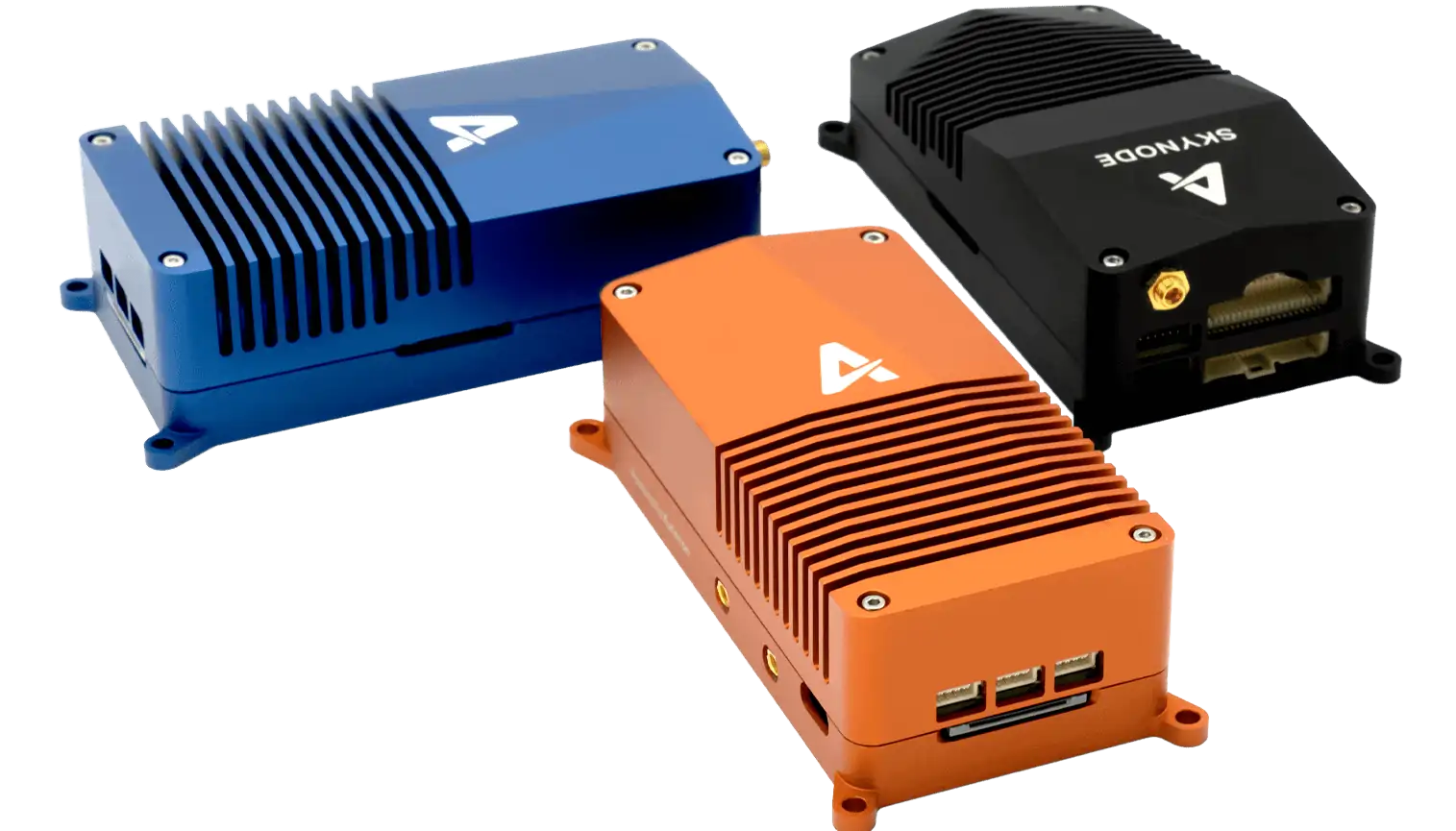 Auterion enables drone manufacturers to build drones compliant with the final rule of Remote Identification of Unmanned Aircraft (Part 89), through Skynode – reference design hardware built with Remote ID in mind.
Auterion enables drone manufacturers to build drones compliant with the final rule of Remote Identification of Unmanned Aircraft (Part 89), through Skynode – reference design hardware built with Remote ID in mind.
Skynode is ideal for quick integration into prototypes, or as part of a final product. With off-the-shelf OEM units and licensed reference designs, both low and high-volume production can be catered for. With Auterion Enterprise PX4, the onboard software platform running on Skynode, manufacturers can rely on a compliant Remote ID implementation based on open source software.
The Skynode family of fully integrated avionics modules provides a streamlined combination of flight controller, mission computer and wireless communications for manufacturers looking to bring enterprise-ready drones to market or retrofit existing products.
Elsight – Halo
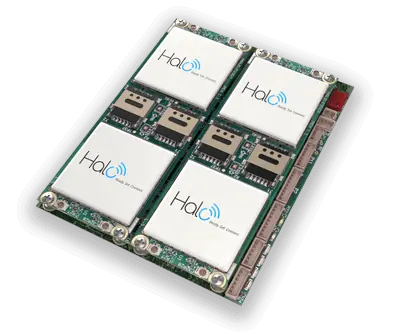 The Elsight Remote ID module provides compliance with FAA and EASA requirements and is built into the Elsight Halo BVLOS communication solution. The remote ID module supports both broadcast and network Remote ID, and has built-in RID failover.
The Elsight Remote ID module provides compliance with FAA and EASA requirements and is built into the Elsight Halo BVLOS communication solution. The remote ID module supports both broadcast and network Remote ID, and has built-in RID failover.
With no added room required on the drone, Halo is a minimal SWaP (size, weight and power) solution that is compliant with mandatory FAA regulations and requirements for Remote ID according to F3411_RiD_ASTM. Halo is available in two convenient form factors – an OEM module for easy integration into any platform, and a standalone connectivity solution.
CubePilot – Cube ID
The Cube ID by CubePilot is a remote identification module which broadcasts in-flight information about UAVs via a Bluetooth 5.2 dual-mode unit.
Capable of supporting both CAN and serial protocols, the Cube ID is a small size measuring just 25mm x 13.75mm x 3.5mm, and is both FCC (Federal Communications Commission), and CE (Conformite Europeenne) certified.
Users are able write different codes with just one Cube ID, making the Cube ID highly adaptable to different drones and user requirements.
Useful Articles:
Remote ID for Unmanned Aerial Vehicles
- New Remote ID Solution Launched for Aeromodelers
- New FAA Mandated Remote ID Broadcast Module for Drones
- Remote ID for Safe Drone Operations by Aerobits
- Remote ID Firmware Update for Global Compliance by Doodle Labs
- Ascent AeroSystems Becomes First RemoteID-Compliant Blue sUAS OEM
- Inspired Flight to Integrate Remote ID for Commercial UAS
- Involi Launches New Remote ID Drone Tracker
- Aerobits Case Study: Demonstrating the Remote ID Concept
- Elsight White Paper: Compliance with FAA Remote ID Regulations
- FAA Issues Remote ID Drone Rules
- FAA Proposes Remote ID Rule for Drones




